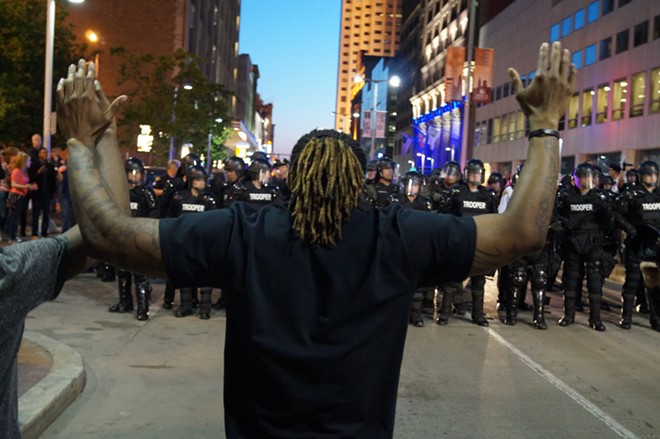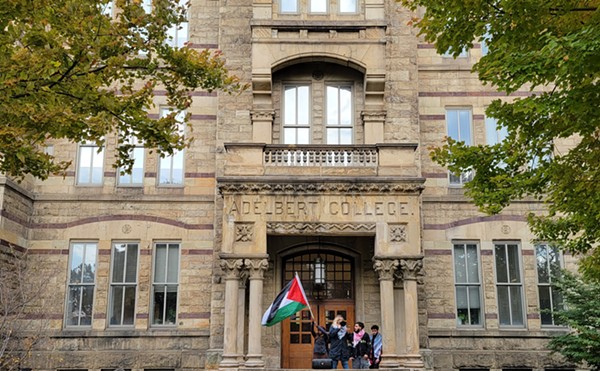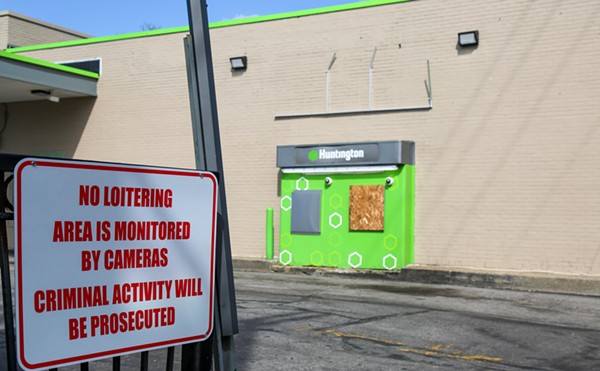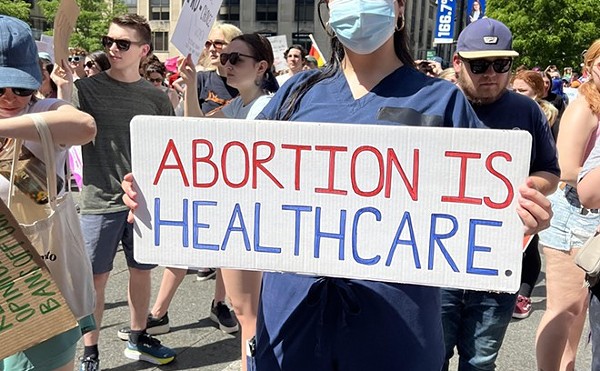[
{
"name": "Ad - NativeInline - Injected",
"component": "38482495",
"insertPoint": "3",
"requiredCountToDisplay": "5"
},{
"name": "Real 1 Player (r2) - Inline",
"component": "38482494",
"insertPoint": "2/3",
"requiredCountToDisplay": "9"
}
]
It’s been five years since Michael Brown, an 18-year-old unarmed African American was gunned down by a Ferguson, Missouri police officer. A cell phone video showed that he did not pose an imminent threat to justify the use of deadly force. His death set off days of protests which were met by an indiscriminate, military style police response with hundreds arrested and injured. Protestors in Baltimore took to the streets after the death of another young black man, Freddie Gray, who was shackled and forced into a police van where the driver intentionally drove erratically to inflict maximum damage on his body. New Yorkers and the world witnessed the disturbing image of a plain clothes officer choking a panicked Eric Garner to death after he was confronted for illegally selling cigarettes on the street. It took an excruciating five years before that officer was finally fired from the NYPD.
Not since the 1994 Rodney King beating in LA had the country faced such tensions about race and police relations. New groups such as Black Lives Matter saw the killing of young black men as an epidemic spawned by long festering institutional racism within law enforcement. The Obama Justice Department’s Civil Rights Division mounted legal actions against major city police departments, including Cleveland, because of a pattern of brutality compounded by poor policies, training, and a lack of accountability.
Around the same time in Cleveland, there was similar outrage and subsequent finger pointing over the deaths of Melissa Williams and Timothy Russell, who after a 35-minute police pursuit over a muffler backfiring, were met with a barrage of 137 shots as they sat helpless and unarmed in a vehicle surrounded by more than a dozen officers in a school parking lot in East Cleveland. One officer, Michael Brelo, who fired 49 shots while on the hood, was actually prosecuted but then cleared by a judge. And, of course, the horrific and reckless shooting death of 12-year-old Tamir Rice at Cudell Recreation Center - for waving a toy gun – brought pleas for justice not fully realized.
So where are we now, five years later? Have we made significant progress in achieving meaningful police reforms so that people, especially people of color, can feel safe from police abuse? Unfortunately, unnecessary police shootings around the country have not abated despite some positive but scattered reform efforts.
In Cleveland, political pressure by local black leaders, churches, and community activists have been a factor in pushing the city to marshal significant resources to bring its police department up to best practices. This would include efforts to revise the citizen complaint and disciplinary process as well as de-escalation, implicit bias, and mental health training. A federal court consent decree - with independent monitoring - is positively moving forward on some of these issues; but a painfully slow grievance and arbitration system often blocks even the best intentions of achieving accountability.
Nationally, reforms are stalled because of a rightward shift by the federal government where civil rights enforcement has taken a back seat. The US Justice Department’s role in challenging big city departments has been gutted by the Trump administration, leaving a huge void in challenging police departments who engage in unconstitutional practices.
Recommendations to enlist competent and independent agencies to investigate police shootings have not always been uniformly endorsed by departments. Elected prosecutors are still reluctant to prosecute police partly because of antiquated criminal statutes that don’t specifically focus on police misconduct, and partly because of the lack of political will to pursue charges. The grand jury system is widely viewed with skepticism because prosecutors control the process. The prosecutor in Ferguson took it upon himself to clear the officer who shot Michael Brown without a finding by the grand jury. The prosecutor in the Tamir Rice shooting removed the case from a sitting grand jury and also cleared the police officer. That prosecutor was voted out of office, likely because of his actions in the handling of that shooting.
Families who file civil lawsuits run into legal barriers because of the qualified immunity defense crafted by the courts to protect police officers from liability and barring some victims from presenting their cases to juries. As for everyday policing, it is time for police departments to work harder to curb over-aggressive traffic stops and other aggressive citizen encounters. These interactions, mostly with minorities, can lead to senseless casualties and community anger. Police practices experts have long emphasized that using more measured approaches will save lives. This lesson must be reinforced.
Terry Gilbert is a partner at Friedman and Gilbert, a firm which specializes in police misconduct litigation and criminal defense. He was an attorney for the family of Timothy Russell.
Sign up for Scene's weekly newsletters to get the latest on Cleveland news, things to do and places to eat delivered right to your inbox.
Tags:
SCENE Supporters make it possible to tell the Cleveland stories you won’t find elsewhere.
Become a supporter today.
Scroll to read more Cleveland News articles
Newsletters
Join Cleveland Scene Newsletters
Subscribe now to get the latest news delivered right to your inbox.














